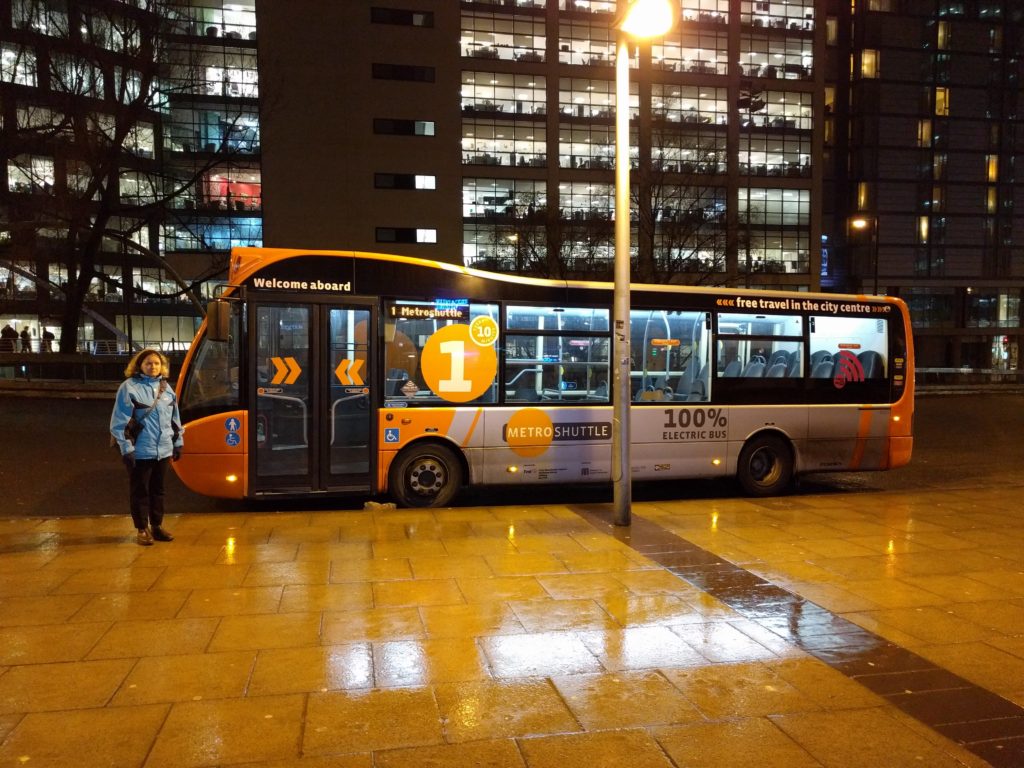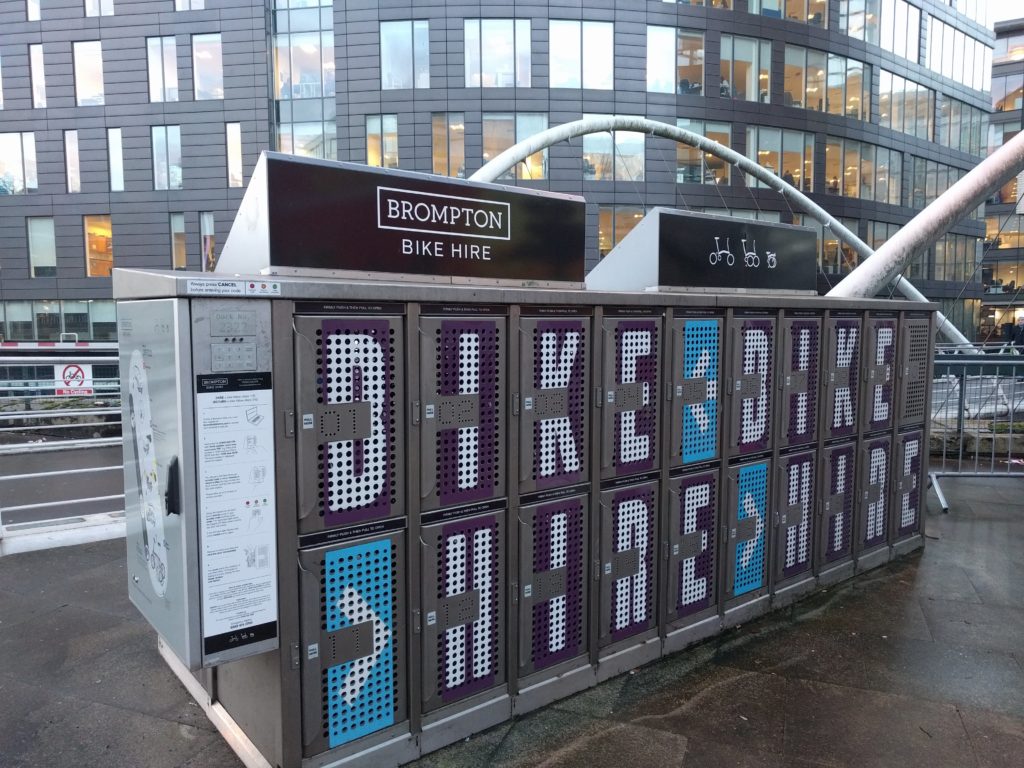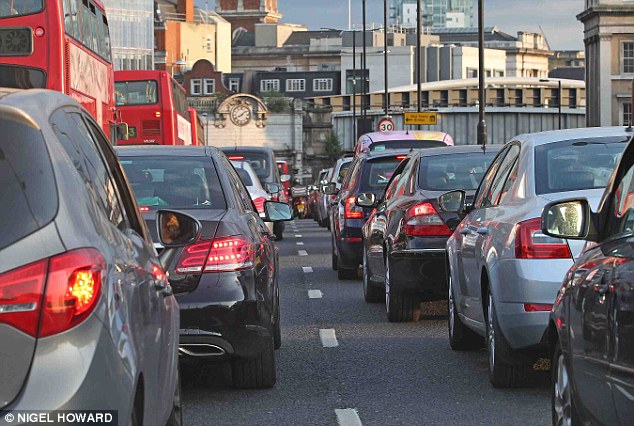
We are in the midst of a cold snap here in Ottawa, colder than Mars according to the headlines. The temperatures over the last week or two have been consistently very cold, with a few days not making it much above -20C. We have had some snow and the roads have been challenging at times. Electric Alice has behaved well, and here are some of our thoughts and observations. We have only used the car in town at these temperatures so far, a longer trip will have to wait for another post.
Driving
We have installed good winter tyres, Nokian Hakkapeliitta R2s, They are great tyres and perform well in all the conditions we have had so far. The R2 is designed for low rolling resistance and scores very highly in tyre tests. We have found that the R2s are noisier than the summer tyres, but overall the noise level is not much worse.
On slippery roads, the traction control works really well, no torque-steer at all with really only the light on the dash to tell you what is happening. EVs generally have good traction control as the motor is far more responsive than a gas engine. Under hard braking, the ABS works well, just like any other VW.
Regenerative braking seems to work differently if the battery is cold. In warmer weather, we see really good regen in B mode which goes up under braking. With low temps, the regen seems to be much reduced, perhaps less than half of normal operation. This is similar to driving with the battery close to 100%. I suspect that the battery is being protected from some high current events.
Creature Comforts
Volkswagen have clearly put a lot of effort into making the e-Golf comfortable in the winter. The heater is very powerful, keeping the cabin warm in temps well below -20C. There is a combination of heat pump and resistive heating, with a total power draw of about 6-7kW. When the car is cold and you turn on the heated seats, heat front and rear windscreens, the power draw sits at about 7.8kW, a huge draw. Once the cabin is warm, this seems to cycle between 4.4 and 6 kW at -20C.
On the cold days I have been using the preheating function to take the edge off, it is nice to reach the car across the large and windy parking lot at work and settle into a warm car. It is a shame you can’t turn the seat heaters on with the timer, but they come on in a few seconds.
Range Impact
All this warmth has a big impact on range guess-o-meter (GoM) and the real range. We keep our car in our garage that sits at a few degrees above zero if it is -20C outside. We see about 110 km on the GoM before we turn the car on, about 130 km when the car is on.

Driving around town is about the worst thing you can do for range in the winter, the draw of the heating systems does not drop as you sit in traffic, getting out of the car to run an errand lets the cabin cool down and you have to put a bunch of heat back in. On Saturday we did about 75km in -22C temps with about 6 stops over the day, we got home with about 25km range, so 100km is a realistic range in these conditions. This was the only time I have experienced a touch of range anxiety in town, but when I thought it through, I know where the DC fast chargers are and we were never more than a few km from one so if we had gotten close to running out of electrons, I could have picked some up easily.
We use about 30kWh/100km at -20C, compared with about 16 kWh/100km in warmer weather. A lot of this is the heating but there is also some loss of range due to increases in rolling resistance due to road conditions and hysteresis of the cold tyres. Air resistance is higher in cold temperatures too. Fossil cars are also much less efficient in cold weather, perhaps 30% or so.
The reduction of range really brings into focus the benefits of workplace charging. If you have a longer commute, plugging in at work, with the option to preheat your car without using the battery is a big help. Thankfully, the e-Golf does not have to be plugged-in to use the preheat function.
When we bought Alice, we did so on the assumption that we would rent a car for all long trips. In warmer weather we have not found that necessary, but I think we would have to think hard about a long trip in the depth of winter. On the other hand, in town, even in a cold snap we have a car that is warm, comfortable, easy and safe to drive on difficult roads and I have not had to stand in -20C for 5 minutes to fuel up.
Visits: 885







